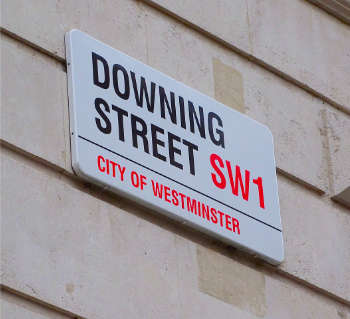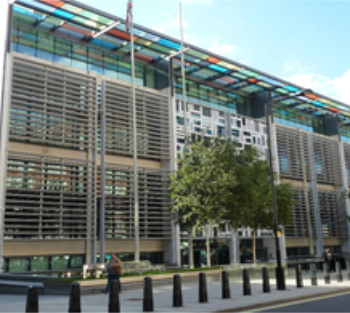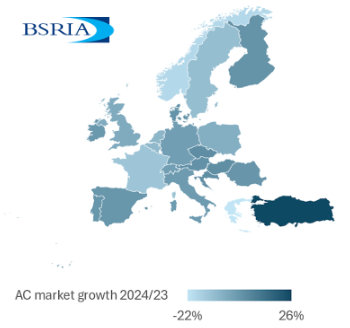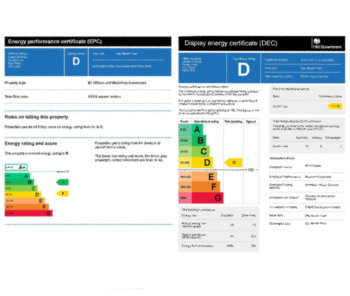The Community Infrastructure Levy (Amendment) Regulations 2014
With effect from 24 February 2014 the Community Infrastructure Levy (Amendment) Regulations 2014 provide inter alia for self-builders to be exempt from paying a levy which until now was placed on most new buildings over a certain size.
The previous charge added considerable cost in some cases to the expense of building a home. For example someone building their own 150 square metre 4-bedroom house could be liable to pay £15,000 in community infrastructure levy if a council was charging £100 per square metre for residential development in that area.
The axing of the levy for people building their own home is part of the government’s determination to boost housing supply and help aspiring self-builders get their home off the ground.
The relief from the community infrastructure levy will cover homes that are owner-occupied and built or commissioned by individuals, families or groups of individuals for their own use.
Extensions and family annexes over a certain size will now be exempt from the levy and the government also intends to consult on removing Section 106 tariff charges from self-build properties. In addition from April there will no longer be a Council Tax surcharge on family annexes.
Exempting self-builders from the levy is the latest in a range of measures to boost the number of people building their own home. They include:
- Making it easier to get a self-build mortgage, the government has been speaking to lenders, and a number are now offering self-build loans; gross self-build lending is predicted to increase by almost half between 2012 and 2015 to £1 billion a year.
- Freeing up more surplus public sector land for self-builders with the Homes and Communities Agency (now Homes England) bringing forward a range of sites for custom build homes.
- Introducing a Custom Build Homes Fund which makes available repayable finance for larger multi-unit projects and grant funding for community self-builders who can now apply for a share of funding from the Affordable Homes Guarantees Programme.
- Planning guidance that makes clear councils should help self-builders and establish demand in their area; this includes compiling a local register of people wanting to build a home so they have priority when new brownfield sites become available
Other changes introduced by the regulations include:
- Delaying limitations to the pooling of section 106 agreements until April 2015.
- Allowing local authorities to set differential rates according to the size of developments.
- Allowing local authorities to accept ‘payments in kind’ through the provision of on-site or off-site infrastructure.
- Changing the ‘vacancy test'.
- Creating a requirement to strike an appropriate balance between the need to fund infrastructure from the levy and the economic viability of developments.
This article was created by--Martinc 10:10, 2 March 2014 (UTC)
[edit] Related articles on Designing Buildings Wik
- Affordable homes.
- Community Infrastructure Levy.
- Community Right to Reclaim Land.
- Planning Act 2008.
- Right to contest.
- Self build initiative.
- Strategic infrastructure tariff.
[edit] External references.
- Community Infrastructure Levy (Amendment) Regulations 2014 .
- Gov.uk Levy cuts to help hard-working people build their own home. 24 February 2014.
Featured articles and news
Shortage of high-quality data threatening the AI boom
And other fundamental issues highlighted by the Open Data Institute.
Data centres top the list of growth opportunities
In robust, yet heterogenous world BACS market.
Increased funding for BSR announced
Within plans for next generation of new towns.
New Towns Taskforce interim policy statement
With initial reactions to the 6 month policy update.
Heritage, industry and slavery
Interpretation must tell the story accurately.
PM announces Building safety and fire move to MHCLG
Following recommendations of the Grenfell Inquiry report.
Conserving the ruins of a great Elizabethan country house.
BSRIA European air conditioning market update 2024
Highs, lows and discrepancy rates in the annual demand.
50 years celebrating the ECA Apprenticeship Awards
As SMEs say the 10 years of the Apprenticeship Levy has failed them.
Nominations sought for CIOB awards
Celebrating construction excellence in Ireland and Northern Ireland.
EPC consultation in context: NCM, SAP, SBEM and HEM
One week to respond to the consultation on reforms to the Energy Performance of Buildings framework.
CIAT Celebrates 60 years of Architectural Technology
Find out more #CIAT60 social media takeover.
The BPF urges Chancellor for additional BSR resources
To remove barriers and bottlenecks which delay projects.
Flexibility over requirements to boost apprentice numbers
English, maths and minimumun duration requirements reduced for a 10,000 gain.
A long term view on European heating markets
BSRIA HVAC 2032 Study.
Humidity resilience strategies for home design
Frequency of extreme humidity events is increasing.
National Apprenticeship Week 2025
Skills for life : 10-16 February
























